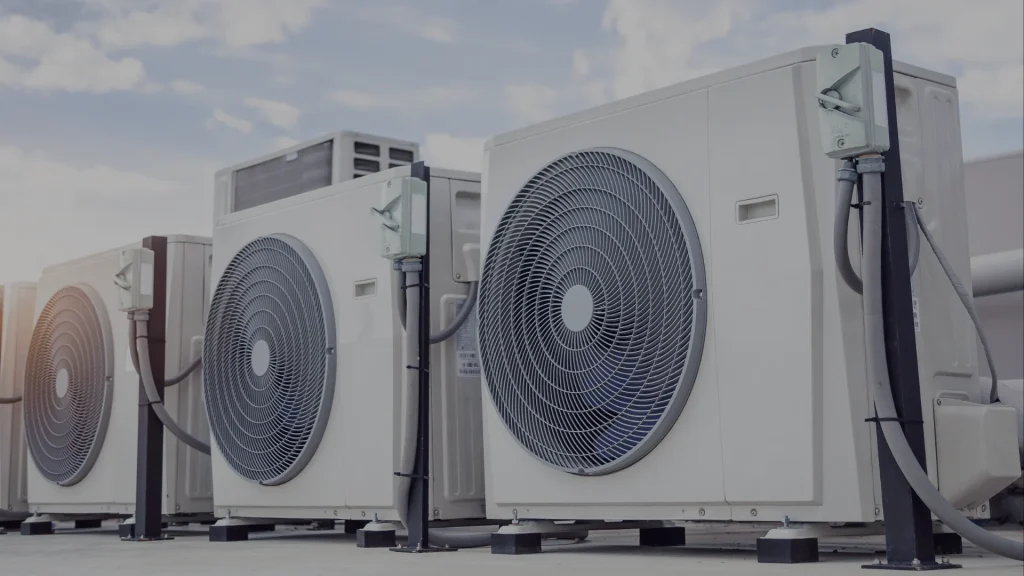So you may be wondering what the abbreviation ASHRAE stands for.
ASHRAE is the American Society of Heating, Refrigerating and Air-Conditioning Engineers. Yes, it’s a mouthful, but this organization is a major player in how we heat, cool, and ventilate the built environment.
Not to be confused with the American Society of Refrigerating Engineers or the American Society of Heating, Refrigerating, and Air-Conditioning Engineers, ASHRAE is the official, full legal name of the group. It brings together air-conditioning engineers, researchers, and facility managers to improve how we manage indoor climates, especially in complex places like hospitals.
If you work in healthcare facilities, especially in operations or maintenance, you’ve likely seen ASHRAE in manuals, HVAC system guides, or training materials.
But why does it matter so much?

ASHRAE Standards and Why Healthcare Facility Professionals Should Care
You may not realize it, but ASHRAE’s work shows up everywhere in your facility.
Their technical standards shape how systems are installed, what tools you use, and how energy-efficient your building is. If you’re using a heat pump, maintaining an air conditioner, or tracking a cooling output report, ASHRAE helped define how that should be done.
ASHRAE guidelines also affect indoor air quality and indoor environmental quality.
In healthcare, where patient safety is a top priority, these two factors are critical. Patients with respiratory issues, surgical recovery needs, or immune vulnerabilities rely on your systems working flawlessly, and ASHRAE helps you get there.

ASHRAE’s Role in Industry Standards
One of ASHRAE’s biggest contributions is setting industry standards, which often become the regulations every facility must follow.
For instance, here are some guidelines you may have encountered at your facility.
1. ASHRAE Standard 170: Ventilation of Health Care Facilities
This guideline is the most widely referenced ASHRAE standard in hospital design. It outlines air change rates, filtration levels (e.g., MERV 14), humidity control, and pressure relationships to minimize airborne infection risks.
And it provides minimum ventilation requirements for the following:
- Patient rooms
- Operating rooms (ORs)
- Isolation rooms
- Pharmacies
- Sterile processing departments
2. ASHRAE Guideline 43: Operationalizing ASHRAE 170 with a Ventilation Management Plan
ASHRAE/ASHE Guideline 43 translates the design requirements of ASHRAE Standard 170 into a day-to-day operations playbook for hospitals. It instructs facility teams to build a documented ventilation management plan (VMP) that keeps temperature, humidity, pressure relationships, and filtration within safe limits, especially when clinical needs force systems to run outside their original design envelope. The guideline addresses a leading cause of CMS, Joint Commission, and DNV citations: poorly controlled ventilation in operating rooms, isolation rooms, and other critical spaces.
Key actions under ASHRAE Guideline 43
- Perform a facility-wide ventilation risk assessment and create a site-specific VMP. Define the responsible person, list every air-handling unit and critical space, and set baseline performance targets.
- Monitor and trend operating parameters. Track temperature, relative humidity, air-change rates, pressure differentials, and filter life; establish alarm thresholds for excursions.
- Implement preventive and corrective maintenance. Specify minimum inspection and testing frequencies for dampers, sensors, controls, and legacy systems; document any variance from ASHRAE 170 design values along with mitigation steps.
- Validate, document, and continuously improve the VMP. Use condition indicators and incident reviews to refine setpoints and procedures, demonstrating due diligence to surveyors and auditors.
By adopting ASHRAE Guideline 43-2024, healthcare organizations close the gap between design intent and operational reality, reduce ventilation-related infection-control risks, and prove ongoing compliance with federal and accreditation requirements, without sacrificing energy efficiency or clinical flexibility.
3. ASHRAE Guideline 12: Minimizing the Risk of Legionellosis & Standard 188 – Legionellosis: Risk Management for Building Water Systems
ASHRAE Guideline 12 and ASHRAE Standard 188 together define the industry’s gold-standard framework for preventing Legionella outbreaks in healthcare facilities. Following both documents requires hospitals and mechanical engineers to create a written water management program (WMP) that safeguards immunocompromised patients, staff, and visitors. Their guidance aligns with the CDC Legionella toolkits, CMS QSO-17-30 memo, and accreditation bodies such as The Joint Commission and DNV, making compliance a best practice—and often a prerequisite—for the design, construction, and operation of building water systems.
Key actions under ASHRAE Guideline 12 & Standard 188
- Perform a building-wide risk assessment and develop a site-specific WMP.
- Track temperature, disinfectant residual, and Legionella levels in potable and non-potable systems.
- Apply control measures to cooling towers, hot-water loops, ice machines, humidifiers, and decorative fountains.
- Validate, document, and continuously improve the program to satisfy CMS surveyors and accreditation auditors.
By adopting and following both ASHRAE Guideline 12 and ASHRAE Standard 188, healthcare organizations reduce Legionellosis risk, demonstrate regulatory compliance, and enhance patient safety while supporting sustainable, resilient facility design.

ASHRAE’s Real-World Impact: What It Means for Your Daily Work
Let’s bring it back to your day-to-day because your work supports the backbone of what keeps hospitals running safely and efficiently. When you do any of the following, you’re applying ASHRAE’s knowledge, whether you realize it or not.
- Choose a heat pump or air conditioner for a new wing of the hospital.
- Troubleshoot a heating system issue that’s impacting the room temperature.
- Install a new electronic air cleaner to boost indoor environmental quality.
- Explain SACC ratings and BTU capacity to non-technical staff.
ASHRAE’s Global Reach
ASHRAE isn’t just a U.S. organization anymore. The society’s worldwide membership includes engineers and specialists from around the globe, all working toward healthier, smarter indoor environments.
This international collaboration means you’re getting access to the latest research and tools that are being used in cutting-edge healthcare and tech facilities.

This article described the meaning of ASHRAE and its importance in your work.
ASHRAE is a practical resource that can make your job easier and your work more effective. Their influence is everywhere in facility management.
So next time you see the ASHRAE name pop up in a manual or project plan, you’ll know it stands for something important. It’s your guide to doing things right and keeping your facility running smoothly.
For more information, check out our Expert Answers Database.
Latest Posts
Post Categories
- Codes and Regulatory Compliance (33)
- Empowerment (22)
- Featured (4)
- Healthcare Facility Management (3)
- Healthcare Facility Management Administration (6)
- Leadership (24)
- Learning and Development (2)
- Operations & Maintenance (18)
- Soft Skills (9)
- Troubleshooting (1)
- Uncategorized (2)


Reading this felt like finding a long-lost treasure — a piece of writing that enlightens and comforts in equal measure.
The prose evokes gentle presence, where each phrase contributes to a reflective cadence. The reader is invited to linger, absorb meaning, and experience insight and emotional resonance.